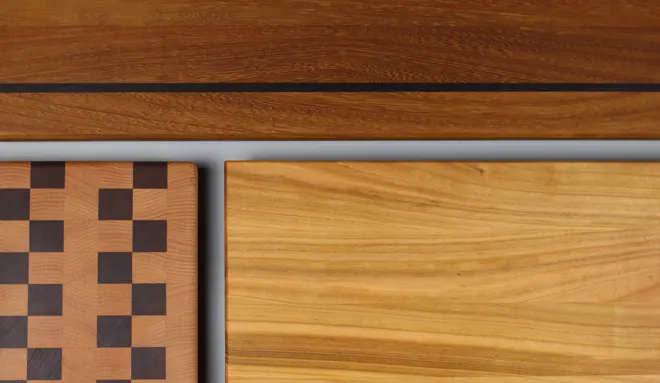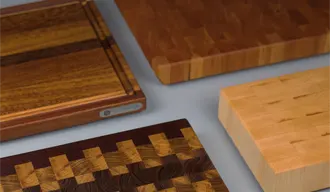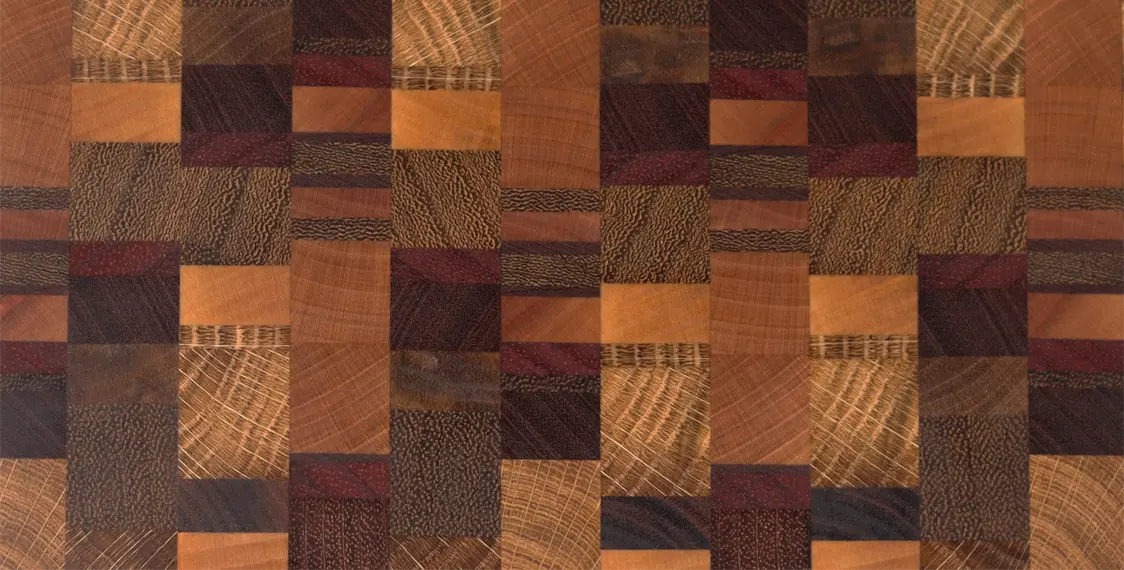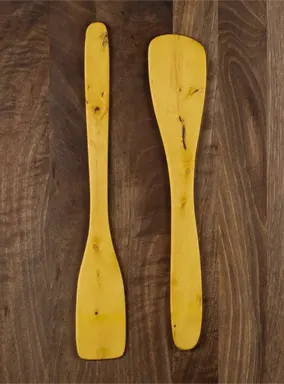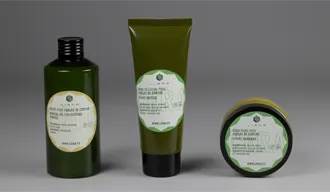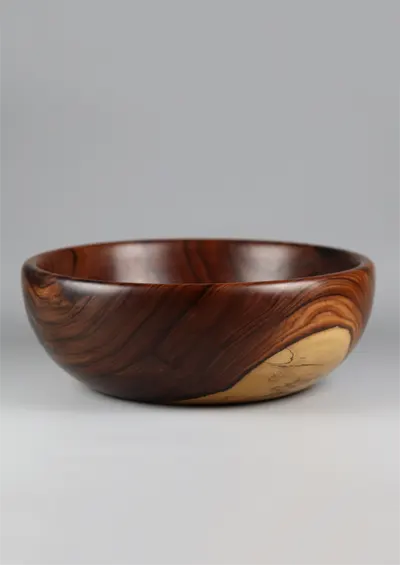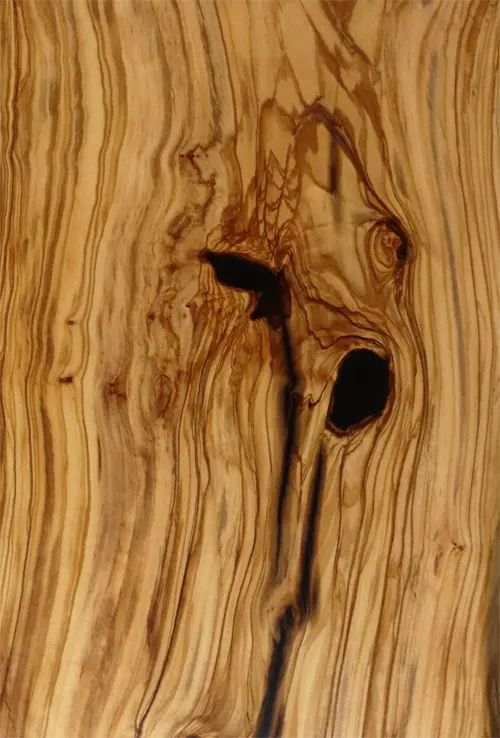Padouk Wood: Uses and Characteristics
Padouk wood, also known as redwood, is one of the most prized species for its durability, strength and distinctive deep red color.
Originating mainly from Africa, this tropical wood has been used for centuries in the manufacture of furniture, musical instruments and decorative applications due to its exotic color and exceptional physical properties.
In this article we explore the most important characteristics of padouk wood and its most common applications.
What is Padouk Wood?
Padouk, also known as redwood, is a tropical wood that comes from trees of the genus Pterocarpus, which grow in tropical Africa.
Its vibrant reddish color is its most distinctive feature, although over time it tends to darken towards brown or purple tones due to exposure to light.
Padouk is prized not only for its unique color, but also for its strength and durability, which make it ideal for a wide range of applications.

Properties of Padouk Wood
Color and Aesthetics
Padouk is known for its deep red color, which can range from a reddish orange to a dark purple, depending on the species and aging. Over time, however, its color tends to fade irretrievably with exposure to light.
Hardness and Density
Padouk wood is quite dense and hard, with a density ranging from 720 to 800 kg/m³, which makes it highly resistant to impact and wear. These characteristics make it ideal for applications requiring considerable durability, such as flooring and furniture.
Natural Resistance
Padouk wood is naturally resistant to insects and rot, making it suitable for both interior and exterior applications.
Its heartwood is particularly resistant to weathering and does not require additional chemical treatment.
Ease of Work of padouk wood
Despite its hardness, padouk is relatively easy to work. It cuts, sands and polishes well, and accepts a wide range of finishes, allowing it to enhance its natural color and grain.
In addition, its fine texture allows for very smooth finishes.
Technical characteristics of Padoul or Palo Rojo wood
| Property | Approximate value |
|---|---|
| Scientific name | Pterocarpus soyauxii |
| Botanical family | Fabaceae (Leguminosae) |
| Colour | Deep red to purple-red, darkening to brown over time |
| Texture | Fine to medium |
| Grain | Usually straight, occasionally braided |
| Hardness (Janka) | 1,970 lbf (≈ 8.760 N) |
| Density | 700–850 kg/m³ |
| Natural durability | Very high; resistant to fungi, termites and wood-eating insects |
| Dimensional stability | Excellent; warps very little |
| Ease of work | Good, although it may contain silica that wears down tools |
| Surface finish | Excellent: Accepts oils, lacquers, and varnishes well; color may fade |
| Common uses | Fine cabinetmaking, musical instruments, flooring, interior decoration, outdoor decking |
Uses of Padouk Wood
Luxury Furniture
Padouk wood is commonly used in the manufacture of high-end furniture, such as tables, chairs, desks and cabinets.
Its resistance to wear and tear and its exotic color make it ideal for furniture that seeks a balance between durability and aesthetics.
Musical Instruments
Padouk is prized for its ability to generate a warm, clear resonance, making it an excellent choice for the manufacture of musical instruments such as guitars and drums.
Its dimensional stability and grain make it perfect for components such as tuning forks and soundboards.
Cutting Boards and Kitchen Utensils
Padouk is one of the most used woods in the manufacture of luxury cutting boards because of its reddish tones, as these contrast well with woods such as walnut, maple, wenge or cherry.
Its low porosity makes it hygienic and suitable for food contact.
We use it mainly as an accent wood, as in our ARGILLA service board.
Advantages and Considerations about Padouk Wood
Advantages of redwood
- Exotic Color: Padouk wood stands out for its intense red color, which gives it a unique and striking character in decorative and design applications.
- High Durability: Its natural resistance to weathering and insects makes it ideal for both indoor and outdoor applications.
- Easy to work: Despite its hardness, padouk wood is relatively easy to cut and polish, allowing for refined finishes.
Considerations
- Loss of color over time: Padouk tends to lose its vibrant color and darken. This can be a drawback for projects that seek to maintain the original reddish tones.
- Availability and Cost: Padouk is an exotic wood, and its availability may be limited in some regions. Its relatively high price may restrict its use in large cutting boards.
Conclusion
Padouk is an ideal choice for projects seeking reddish contrasts. Its vibrant color, natural strength and ability to achieve exceptional finishes make it an outstanding choice for luxury furniture, musical instruments and decorative veneers.
Our products with Palo Rojo wood
-
 ARGILLA
ARGILLAlong charcuterie board
Price range: € 95,00 through € 115,00
FAQ – Frequently Asked Questions About Padouk Wood
What is padouk wood and where does it come from?
Padouk wood comes from the Pterocarpus soyauxii tree, native to central and western Africa. It is famous for its deep red color and excellent natural durability.
What does padouk wood look like?
It has a very distinctive coral or purple-red color, which darkens to a deep brown over time. Its grain is usually straight and its texture is fine to medium, giving it a luxurious and exotic appearance.
Is padouk wood resistant to moisture and insects?
Yes. Padouk wood stands out for its great natural resistance to moisture, fungi, termites, and other wood-eating insects, making it an excellent choice for both indoor and outdoor use.
Can padouk wood be used outdoors?
Yes. It’s very suitable for outdoor use thanks to its durability, even without protective treatments. It’s used on decking, garden furniture, and woodwork exposed to the elements.
How does padouk wood behave when worked?
It works well with both hand and power tools. However, it may contain silica, which causes increased wear on cutting tools. The use of carbide blades is recommended.
Does padouk wood lose its color over time?
Yes. Although it has a vibrant, spectacular color when freshly cut, exposure to sunlight and air causes it to turn a dark brown. To preserve the original color, it is recommended to apply oils with UV protection.
What are the most common uses of padouk wood?
It is used in flooring, fine cabinetmaking, musical instrument making, architectural details, decorative veneers, exterior decking, and design elements where an exotic finish is desired.
Is padouk wood sustainable?
It can be if it’s obtained from FSC-certified sources or other responsible forest management systems. Since it comes from tropical regions, it’s important to ensure traceability.
Does padouk wood have good dimensional stability?
Yes. Its dimensional stability is excellent, meaning it shrinks and expands very little with changes in humidity, making it ideal for demanding indoor and outdoor applications.
Is padouk wood suitable for furniture?
Yes. Padouk wood is ideal for high-end furniture due to its hardness, beauty, and durability. It’s used in exclusive furnishings, ornamental details, and pieces that require aesthetic appeal.
Otras entradas del blog

10 Types of Wood: Complete Guide
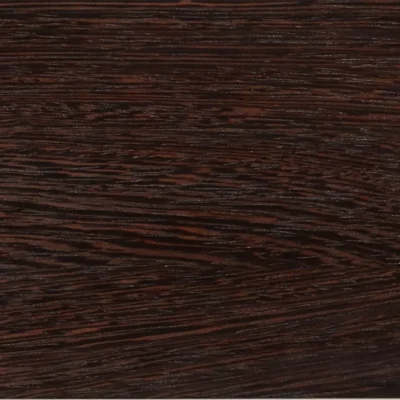
Wenge Wood: Uses and Characteristics

Top 10 Moisture-Resistant Woods
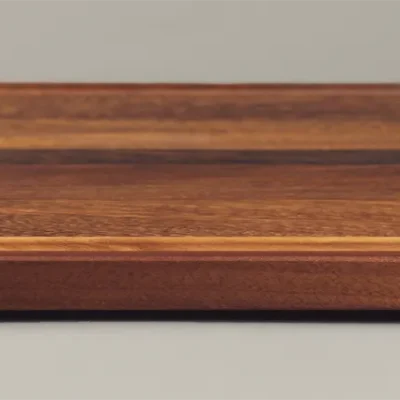
Barbecue boards, what to take into account
Nuestras tablas de cortar:
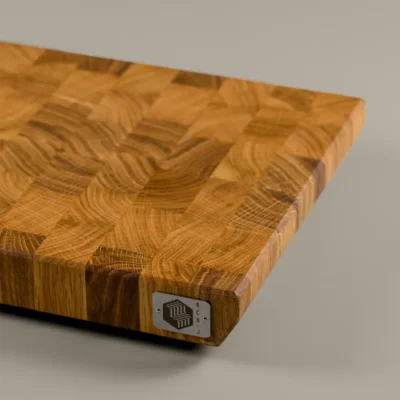
Pura
Oak oak butcher block
Pura
Oakoak butcher block
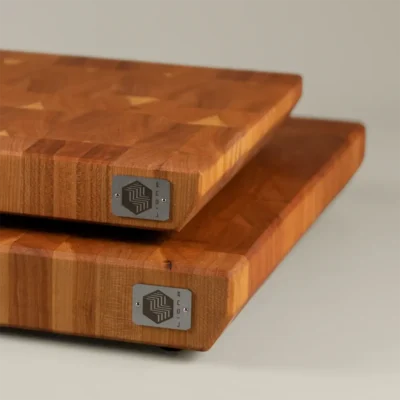
Pura
Cherry cherry butcher block
Pura
Cherrycherry butcher block
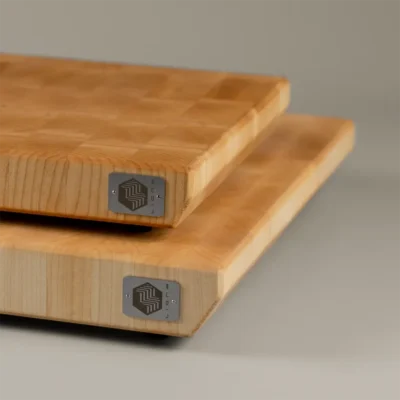
Pure
Maple maple butcher block
Pure
Maplemaple butcher block
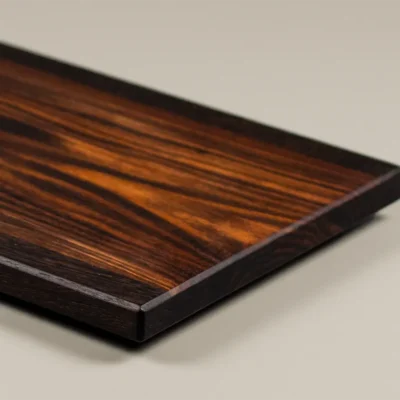
NUBILA
wooden cheese board
